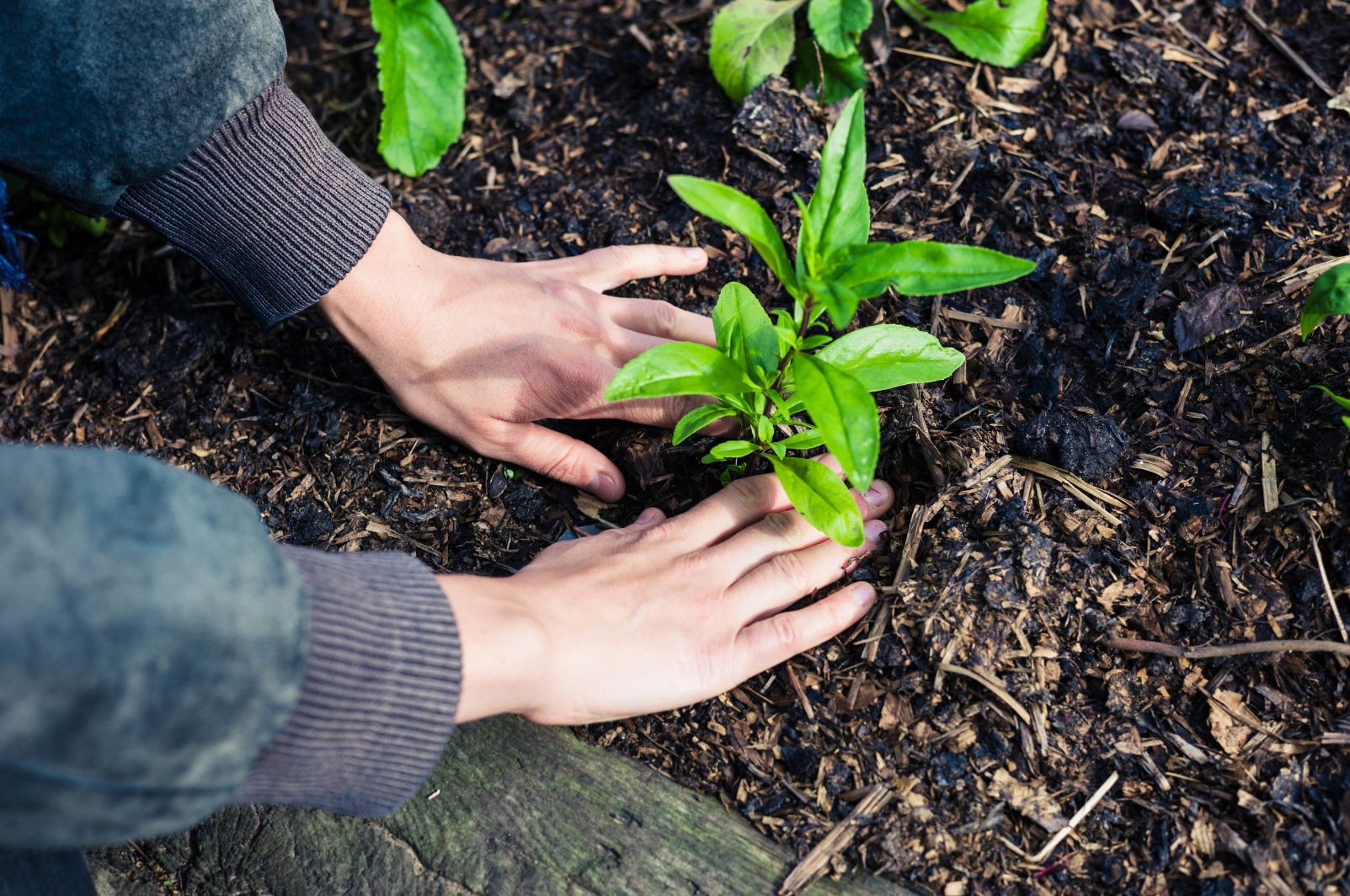
Blog
The Benefits of Planting Native Trees

Planting native trees is crucial for maintaining ecological balance and promoting biodiversity. Native trees are adapted to the local climate and soil, making them more resilient and easier to care for. They provide habitat and food for local wildlife, helping to preserve species that are often threatened by habitat loss. Additionally, native trees help improve soil quality and water retention, reducing the risk of erosion and flooding. By planting native trees, we support the health of our ecosystems and contribute to a sustainable environment.
Ecological Resilience
Native trees have evolved to thrive in the specific conditions of their local environment. This means they are naturally more resistant to local pests and diseases, reducing the need for chemical interventions. Their deep root systems help stabilize the soil and prevent erosion, especially on slopes and riverbanks. By planting native species, we enhance the resilience of our ecosystems to withstand environmental changes and disturbances.
Biodiversity Support
One of the most significant benefits of planting native trees is the support they provide to local wildlife. These trees offer food, shelter, and breeding grounds for a variety of animals, birds, insects, and microorganisms. For example, native oaks support hundreds of species of caterpillars, which in turn are a vital food source for birds. This interconnected web of life helps maintain healthy and vibrant ecosystems, contributing to the overall biodiversity of the area.
Soil and Water Management
Native trees play a critical role in maintaining soil health. Their root systems help bind the soil, reducing erosion and increasing its ability to absorb and retain water. This is particularly important in areas prone to heavy rainfall or drought. By improving soil structure, native trees enhance the soil’s capacity to support other plants, leading to more robust and productive landscapes. Additionally, their presence can help recharge groundwater supplies, ensuring a sustainable water source for the community.
Climate Mitigation
Trees are natural carbon sinks, absorbing carbon dioxide from the atmosphere and storing it in their biomass. This process helps mitigate the effects of climate change by reducing the amount of greenhouse gases in the air. Native trees, being well-suited to their environment, are particularly effective at sequestering carbon. Moreover, they release oxygen, contributing to cleaner air. Urban areas with abundant native trees experience cooler temperatures, as the trees provide shade and release water vapor, reducing the urban heat island effect and lowering energy consumption for cooling.
Cultural and Aesthetic Value
Native trees also hold cultural and aesthetic significance. They are often integral to the identity of a region and have historical, cultural, and spiritual importance for local communities. Planting native trees can help preserve this cultural heritage and foster a sense of place and pride among residents. Additionally, native trees enhance the natural beauty of landscapes, providing scenic vistas and recreational opportunities for people to enjoy.
Conclusion
By planting native trees, we take an essential step towards sustaining our environment and preserving biodiversity. These trees are vital for maintaining ecological balance, supporting local wildlife, enhancing soil and water quality, and combating climate change. They also enrich our cultural heritage and natural landscapes. As stewards of the environment, it’s our responsibility to prioritize native tree planting and ensure a healthier, more sustainable future for generations to come.
